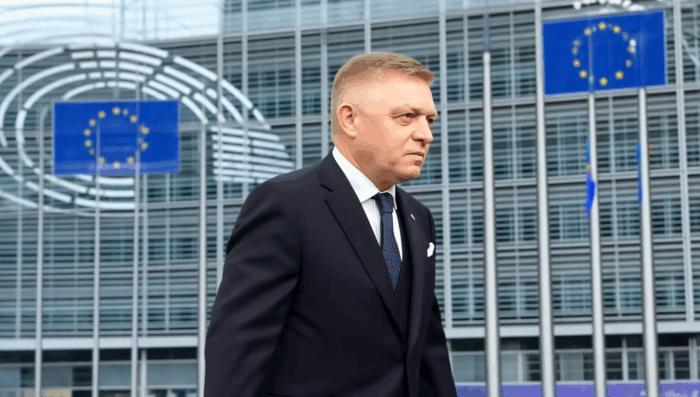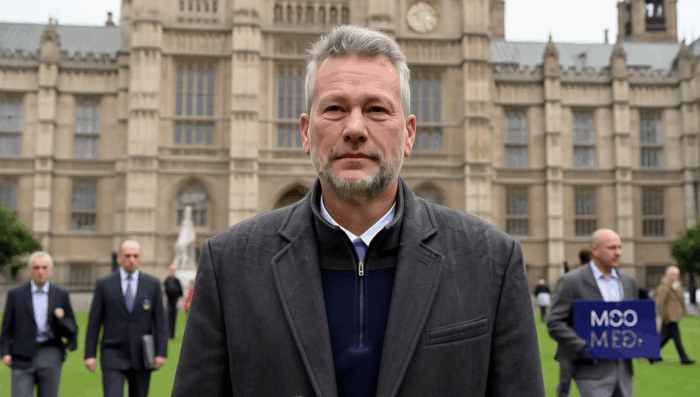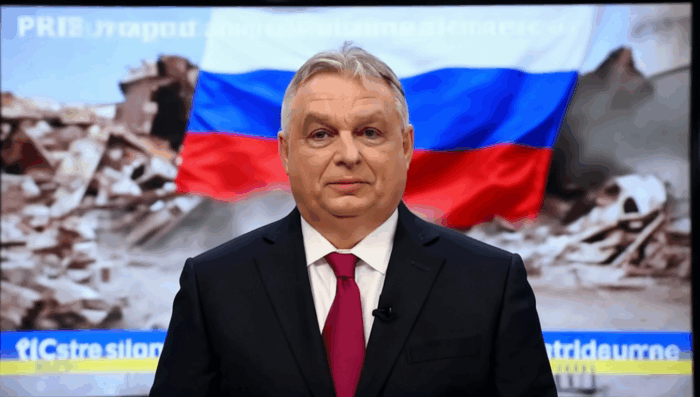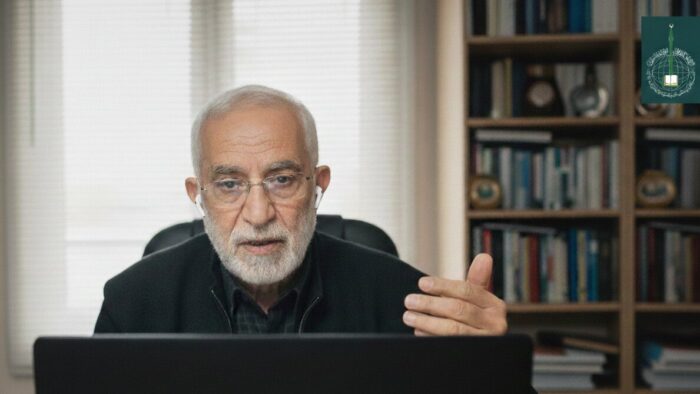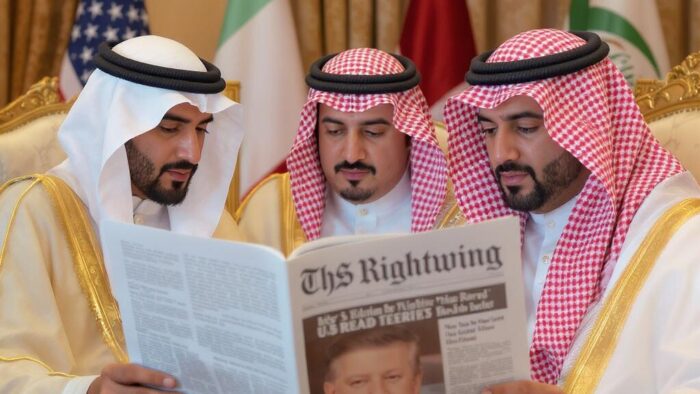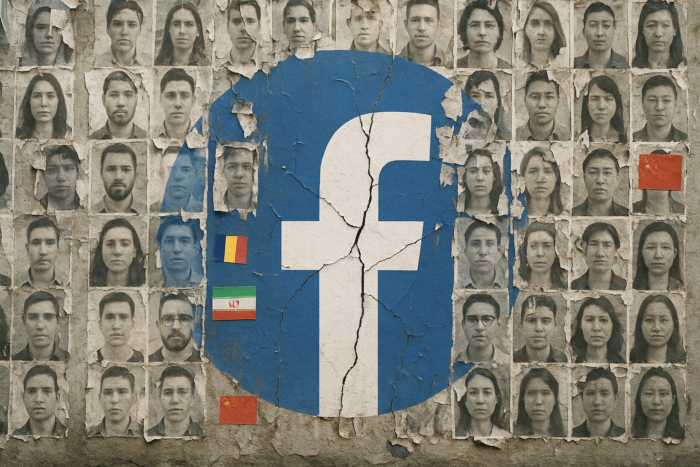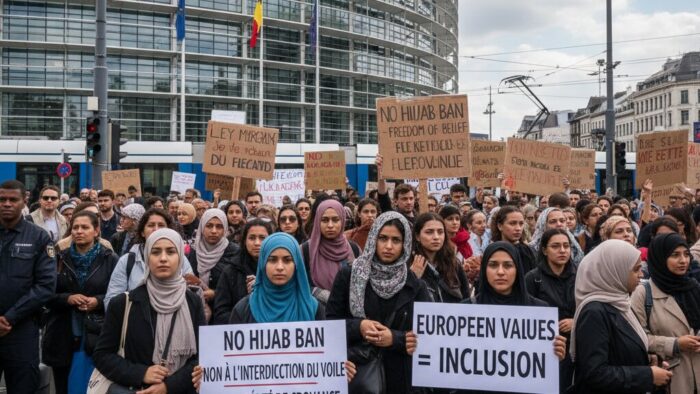The Islamic Republic of Iran has deployed systematic influence operations in Sweden by exploiting religious institutions as intelligence fronts, infiltrating academic networks, and conducting disinformation campaigns through cyber operations to advance its geopolitical agenda. On 27 September 2025, Middle East Quarterly published an analysis revealing that Iran leverages mosques, think tanks, and universities to conduct influence operations in Sweden, with the Imam Ali Islamic Center serving as a key hub for activities threatening national security. The article begins:
In its 2023–2024 security assessment, the Swedish Security Service (Säkerhetspolisen, or Säpo) singled out the Islamic Republic of Iran (IRI) as a major national threat. Säpo noted that the IRI’s intelligence services routinely engaged in espionage to circumvent international sanctions and obtain advanced technology and expertise from Swedish research institutions and industries. Although no specific sectors were named, Iran—alongside Russia and China—was cited as a state seeking to develop high-tech capabilities in defiance of export controls. Beyond its pursuit of strategically sensitive or sanctioned technologies, the IRI was implicated in assassination plots on Swedish soil that targeted Iranian dissidents and citizens of hostile states. Tehran relied on proxies to conduct intelligence gathering and terrorist activities, with cyber espionage playing a key role in tracking and monitoring dissidents.
Key Points
- Imam Mohsen Hakimollahi of the Imam Ali Islamic Center was deported from Sweden in February 2025 after the Swedish Security Service determined the mosque engaged in activities threatening Iranian dissidents and national security.
- Iran infiltrated the Swedish Institute of International Affairs, where its director, Rouzbeh Parsi, participated in the Iran Experts Initiative, coordinated by the Iranian Foreign Ministry, to influence Western perceptions of the regime.
- The Islamic Revolutionary Guard Corps hacked a Swedish SMS service in August 2023, sending nearly 15,000 messages urging recipients to seek revenge against those responsible for Quran burnings.
- Iran weaponized the Quran burnings controversy to undermine Sweden’s NATO accession by stoking domestic instability and heightening tensions with Turkish President Erdogan in alignment with Russia’s interests.
Influence Operations in Europe: State Media, Bot Networks, and Cultural Infiltration
Iranian influence operations in Europe have evolved into a sophisticated, multi-layered campaign combining state media propaganda, bot networks, cultural infiltration, and AI-generated disinformation to advance Tehran’s strategic interests. At the center of this apparatus stands the Islamic Republic of Iran Broadcasting (IRIB), which serves as “Torture TV,” using forced confessions obtained through torture to intimidate the Iranian population while conducting global propaganda operations. Tehran tripled IRIB’s 2025 budget to $480 million, enabling operations across eight international TV channels and radio programs in 32 languages spanning the Middle East, Europe, and Africa.
Press TV, founded in 2007 as IRIB’s English-language flagship, had its UK broadcasting license revoked in January 2012 after British regulator Ofcom found the channel was running editorial operations from Tehran rather than the UK. The U.S. Treasury Department designated IRIB in 2013, noting it acts “as a critical tool in the Iranian government’s mass suppression and censorship campaign,” while the U.S. Justice Department seized 36 Iranian-linked websites, including PressTV, in June 2021 for sanctions violations. Meta exposed IRIB’s covert influence operations targeting the United States in 2021, with operations linked to the International Union of Virtual Media front group.
Iran operates hundreds of websites and social media accounts in at least 32 languages, with the disinformation network primarily attributed to the Islamic Revolutionary Guard Corps, the Islamic Radios and Televisions Union, and IRIB. In the United Kingdom, 1,332 fake profiles systematically promoted Scottish independence narratives before abruptly ceasing activity during Iran’s nationwide blackout on June 13, 2025, then resuming with pro-Iranian messaging—generating over 126,000 user engagements and reaching an estimated 224 million potential views.
Italy has been penetrated through over one million euros invested in academic programs since 2009, with the Cultural Center of the Iranian Embassy in Rome serving as an operational hub coordinating cultural events while embassy personnel conduct surveillance operations. Germany’s Islamic Center Hamburg operates as an outpost of the Iranian regime, serving as an important propaganda center that spreads the social, political, and religious values of the Iranian state across Europe.
The regime has increasingly weaponized artificial intelligence for propaganda purposes, with Iranian accounts using ChatGPT to create long-form political articles for fake news sites posing as both conservative and progressive outlets. At the same time, Iran has been deploying AI-generated videos on platforms like TikTok that fabricate Israeli destruction and glorify Iranian leadership across multiple languages, including Farsi, Arabic, Hebrew, English, and East Asian languages.
External References:
— Foundation for Defense of Democracies: 10 Things to Know About Tehran’s Propaganda Network, the Islamic Republic of Iran Broadcasting
— DFRLab: Iran’s Press TV in the foreign influence wilderness
— Radio Free Europe/Radio Liberty: Recycled Videos And Photos Fuel Iran’s Propaganda In Coverage Of Conflict With Israel
Disclaimer:
The Global Influence Operations Report (GIOR) utilizes AI throughout the posting process, including the generation of summaries for news items, introductions, key points, and, often, the “context” section. We recommend verifying all information before use. Additionally, all images are generated using AI and are intended solely for illustrative purposes. While they represent the events or individuals discussed, they should not be interpreted as real-world photography.
